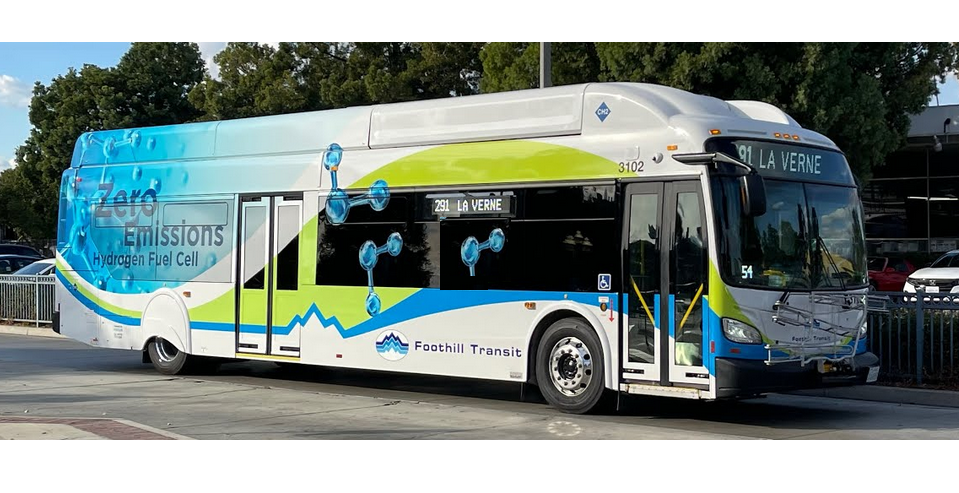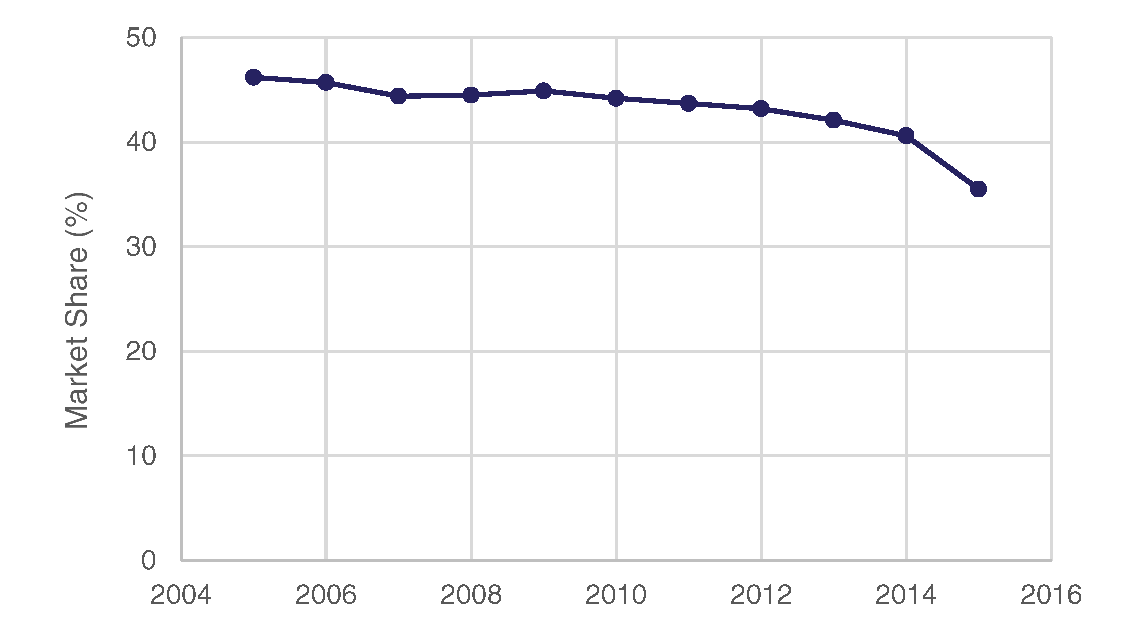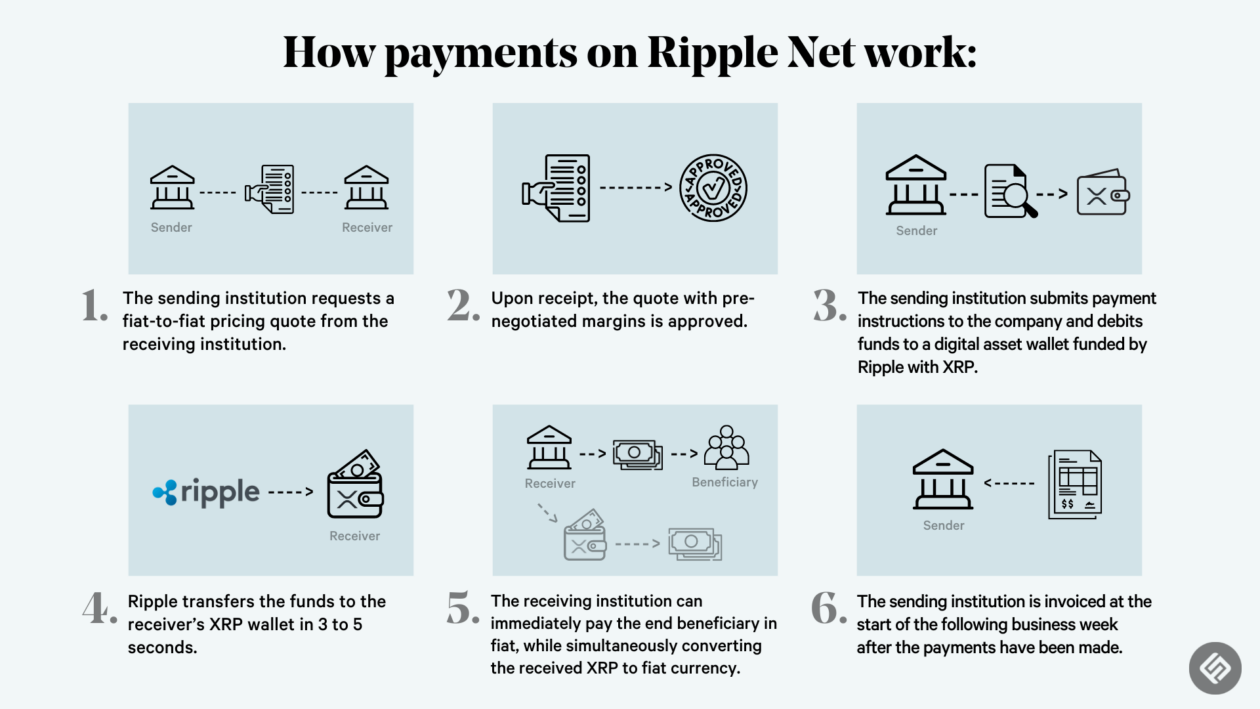The Future Of European Public Transit: Hydrogen Vs. Battery Buses

Table of Contents
Environmental Impact: Emissions and Lifecycle Analysis
The environmental performance of both hydrogen and battery electric buses is crucial for achieving European climate goals. A comprehensive assessment requires looking beyond tailpipe emissions to consider the entire lifecycle.
Greenhouse Gas Emissions
- Tailpipe Emissions: Battery electric buses produce zero tailpipe emissions, while hydrogen buses emit only water vapor. However, the overall carbon footprint depends heavily on the source of electricity for charging batteries and the method of hydrogen production.
- Renewable Energy Sources: Using renewable energy sources like solar and wind power to generate electricity for battery charging significantly reduces the carbon footprint of battery electric buses. Similarly, using green hydrogen produced through electrolysis powered by renewable energy minimizes the emissions associated with hydrogen buses.
- Lifecycle Emissions: A full lifecycle assessment (LCA) considers emissions from manufacturing components, transportation, operation, and end-of-life disposal or recycling. LCAs often show that battery production has significant embedded emissions, while the impact of hydrogen production varies greatly depending on the method (green hydrogen from renewable energy sources has a much lower carbon footprint than grey hydrogen produced from natural gas).
- Green vs. Grey Hydrogen: The production method significantly impacts the environmental performance of hydrogen buses. Grey hydrogen, produced from natural gas, contributes significantly to greenhouse gas emissions, negating many of the benefits. Green hydrogen, however, offers a truly sustainable fuel source.
Air Quality
- Local Air Pollution: Both hydrogen and battery electric buses significantly improve local air quality compared to diesel buses by dramatically reducing particulate matter (PM) and nitrogen oxides (NOx) emissions. This results in substantial public health benefits.
- Particulate Matter and NOx: Diesel buses are major contributors to PM2.5 and NOx pollution, linked to respiratory illnesses and other health problems. Both hydrogen and battery electric buses significantly reduce these harmful pollutants, improving air quality in urban areas.
- Improved Public Health: The reduction in air pollution from transitioning to these cleaner technologies leads to improved public health outcomes, reducing respiratory illnesses and related healthcare costs.
Technological Considerations: Infrastructure and Performance
The success of both hydrogen and battery electric buses hinges on technological advancements and infrastructure development.
Hydrogen Infrastructure
- Refueling Infrastructure: Establishing a widespread hydrogen refueling infrastructure poses a significant challenge. The cost and logistics of building and maintaining hydrogen fueling stations are substantial.
- Cost and Feasibility: The high initial investment and ongoing operational costs of hydrogen refueling infrastructure present a barrier to widespread adoption, particularly in less densely populated areas.
- Green Hydrogen Production: The availability of green hydrogen produced from renewable energy sources is crucial for the environmental sustainability of hydrogen buses.
Battery Technology and Charging Infrastructure
- Battery Technology Advancements: Battery technology for electric buses is constantly improving, with increasing energy density and lifespan. This leads to longer operational ranges and reduced battery replacement costs.
- Charging Infrastructure: The development of efficient and cost-effective charging infrastructure, including depot charging and potentially opportunity charging at strategic locations, is essential for widespread adoption of battery electric buses.
- Battery Lifespan and Replacement: Battery lifespan and replacement costs are crucial factors affecting the overall economic viability of battery electric buses.
Range and Refueling/Charging Times
- Operational Range: Hydrogen buses generally offer a longer range than current battery electric buses, which can be a significant advantage for longer routes and less frequent charging opportunities.
- Refueling/Charging Times: Hydrogen refueling is much faster than battery charging, potentially minimizing downtime and maximizing operational efficiency. Battery electric buses require longer charging times, often overnight depot charging.
- Service Frequency and Efficiency: The refueling/charging times directly impact the frequency of bus services and overall operational efficiency. Faster refueling times allow for more efficient scheduling and reduced operational costs.
Economic Viability: Costs and Funding Mechanisms
The economic feasibility of both technologies is a critical factor influencing their adoption.
Capital Costs
- Bus Purchase Price: The initial purchase price of hydrogen buses is currently higher than that of battery electric buses. However, this gap is expected to narrow as technology matures and economies of scale are achieved.
- Infrastructure Costs: The cost of building and maintaining hydrogen refueling infrastructure is significantly higher than that of electric charging infrastructure.
Operational Costs
- Fuel/Electricity Costs: The cost of hydrogen fuel is currently higher than the cost of electricity for battery electric buses. However, hydrogen prices are expected to decrease as production scales up.
- Maintenance Costs: Maintenance costs for both technologies need further evaluation and are likely to decrease over time with technological advancements.
Funding and Incentives
- Government Support: Government grants, subsidies, and tax incentives play a crucial role in promoting the adoption of both hydrogen and battery electric buses.
- Private Investment: Private investment in research and development, infrastructure development, and bus manufacturing is also essential for accelerating the transition to sustainable public transit.
Social Acceptance and Public Perception
Public perception and acceptance are vital for the successful integration of both technologies.
- Public Opinion: Public awareness and understanding of the benefits of both hydrogen and battery electric buses are crucial for gaining public support.
- Passenger Experience: Factors such as noise levels, comfort, and ease of use influence passenger satisfaction and acceptance of both types of buses.
- Public Education: Targeted public education campaigns can help address concerns and promote the benefits of both technologies.
Conclusion
The choice between hydrogen and battery electric buses for the future of European public transit is complex, with no clear single "winner." Both technologies offer significant environmental benefits compared to traditional diesel buses, but present distinct challenges regarding infrastructure development, economic viability, and public acceptance. Careful consideration of lifecycle emissions, operational costs, and societal impact is essential for policymakers and transit operators as they make decisions that will shape sustainable urban mobility for years to come. Choosing the right solution for European public transit requires a holistic approach that considers local conditions and long-term sustainability goals. Further research and development, coupled with targeted policy support, are crucial to accelerate the adoption of both hydrogen and battery electric buses in European cities.

Featured Posts
-
 Impact Of Ontarios Expanded Manufacturing Tax Credit On Businesses
May 07, 2025
Impact Of Ontarios Expanded Manufacturing Tax Credit On Businesses
May 07, 2025 -
 Simone Biles Transition From Gymnastics New Ventures And Challenges
May 07, 2025
Simone Biles Transition From Gymnastics New Ventures And Challenges
May 07, 2025 -
 Snl 50 Jenna Ortegas Performance And Sabrina Carpenters Epic Mention
May 07, 2025
Snl 50 Jenna Ortegas Performance And Sabrina Carpenters Epic Mention
May 07, 2025 -
 Ripple Xrp News Sbi Holdings Xrp Distribution To Shareholders
May 07, 2025
Ripple Xrp News Sbi Holdings Xrp Distribution To Shareholders
May 07, 2025 -
 Did Ke Huy Quan Appear In The White Lotus Season 3 A Deep Dive
May 07, 2025
Did Ke Huy Quan Appear In The White Lotus Season 3 A Deep Dive
May 07, 2025
Latest Posts
-
 76
May 08, 2025
76
May 08, 2025 -
 2 0 76
May 08, 2025
2 0 76
May 08, 2025 -
 76 2 0
May 08, 2025
76 2 0
May 08, 2025 -
 The Night Inter Milan Beat Barcelona To Reach The Champions League Final
May 08, 2025
The Night Inter Milan Beat Barcelona To Reach The Champions League Final
May 08, 2025 -
 Inters All Time Victory Reaching The Champions League Final By Defeating Barcelona
May 08, 2025
Inters All Time Victory Reaching The Champions League Final By Defeating Barcelona
May 08, 2025
